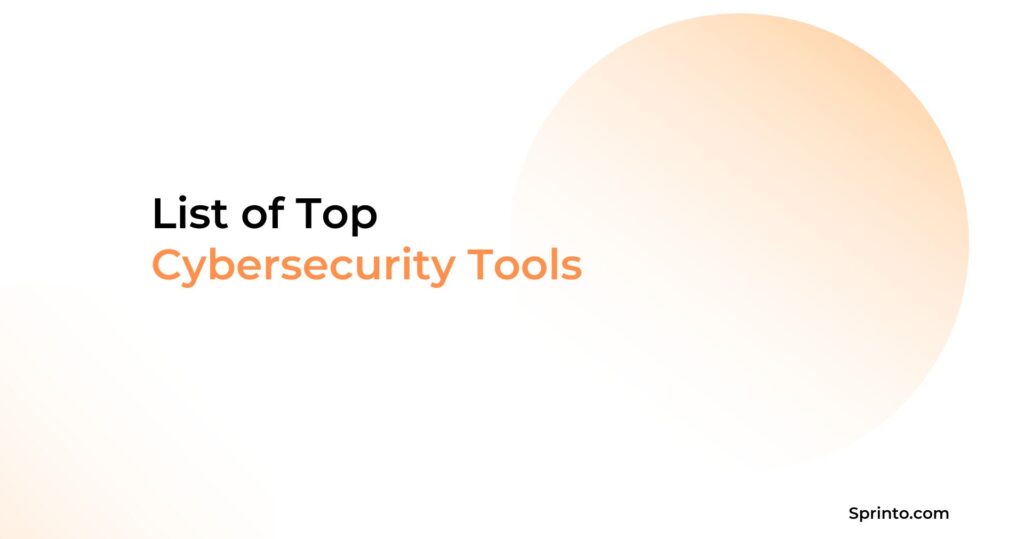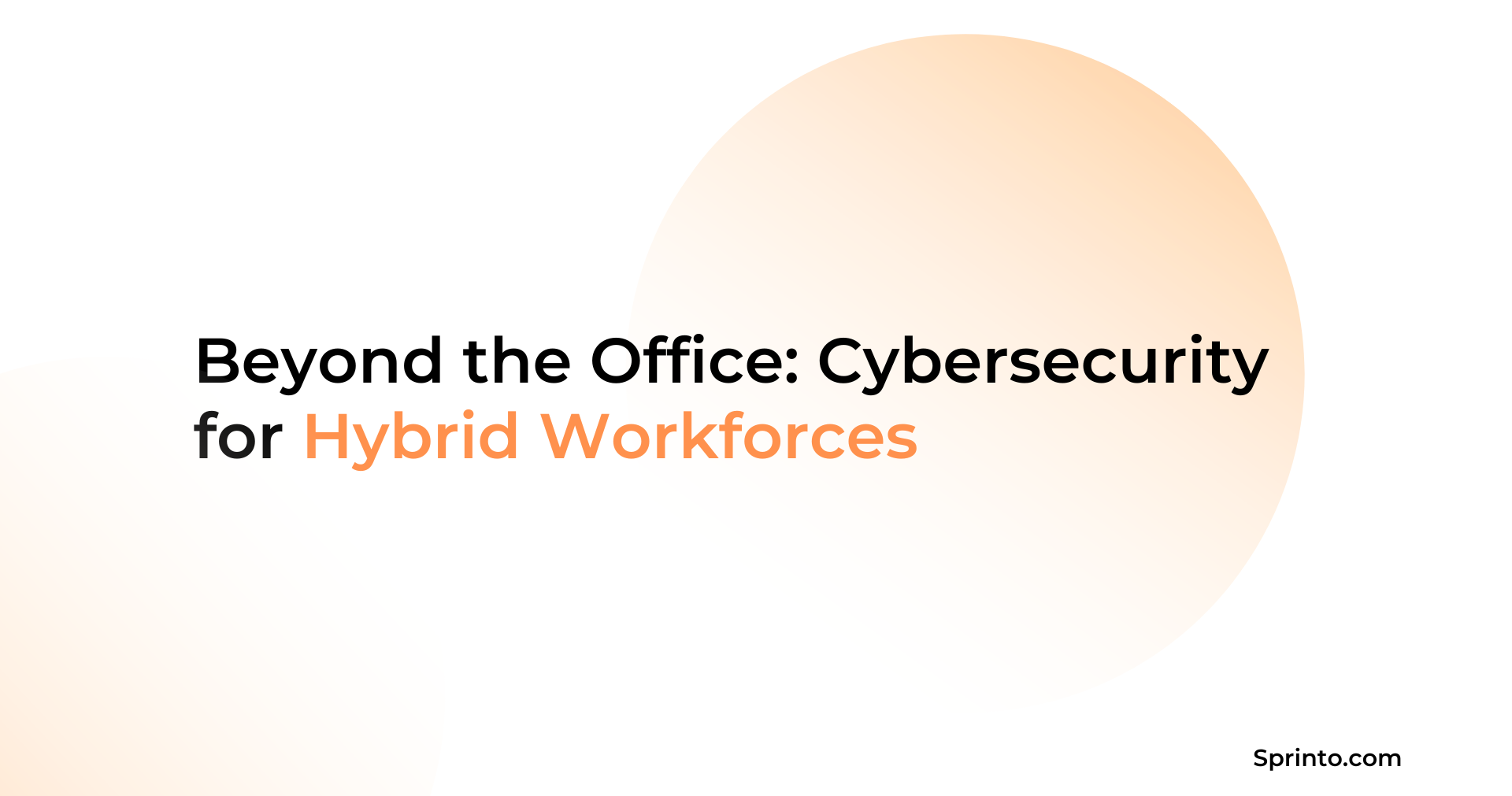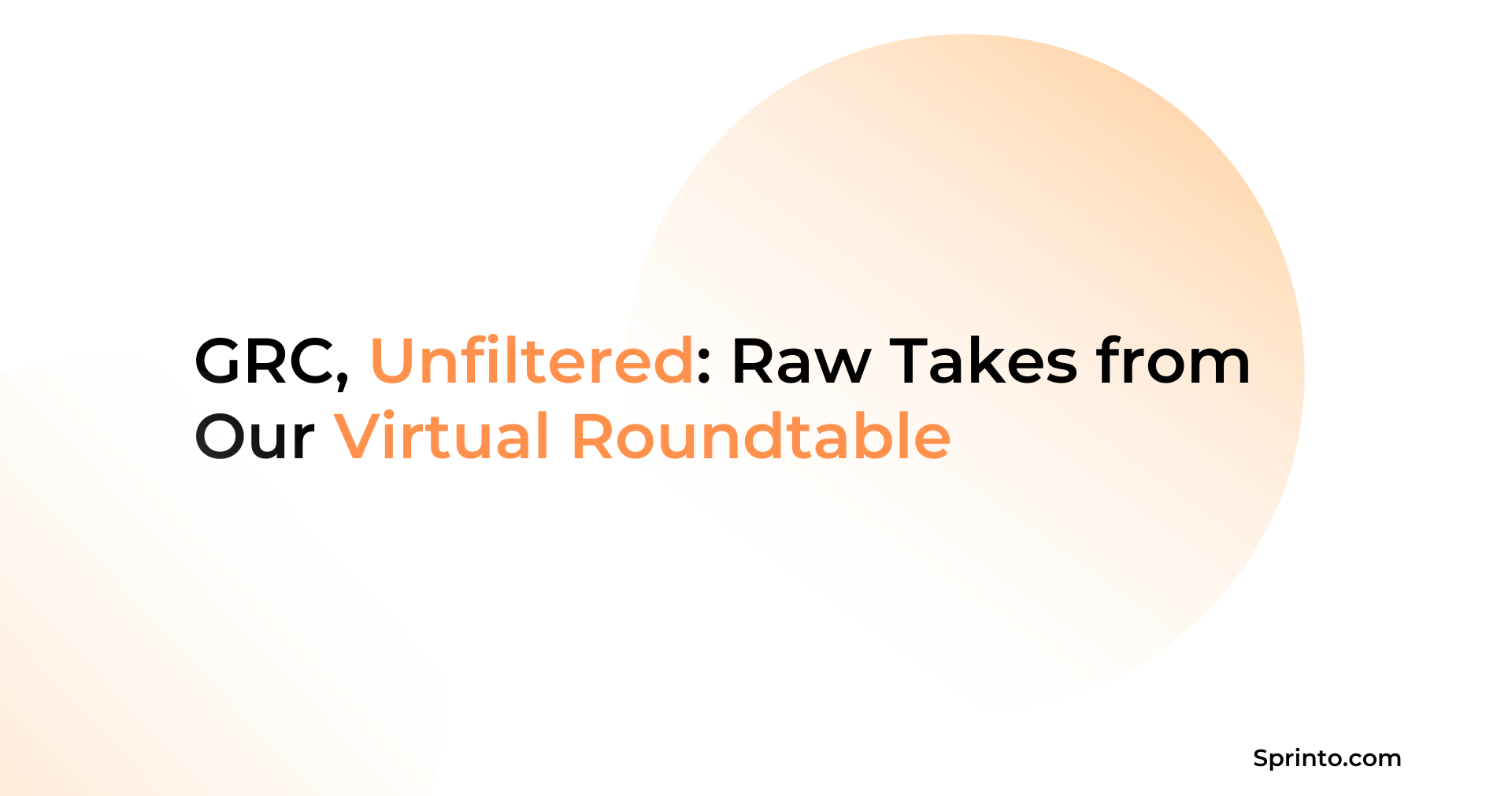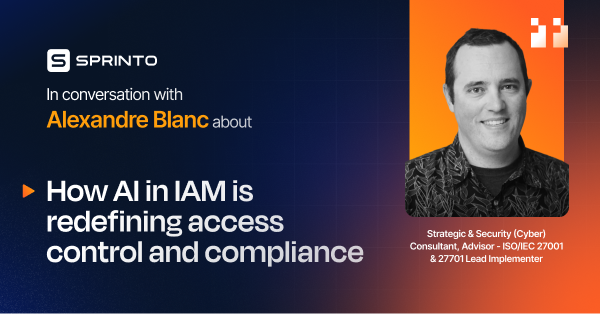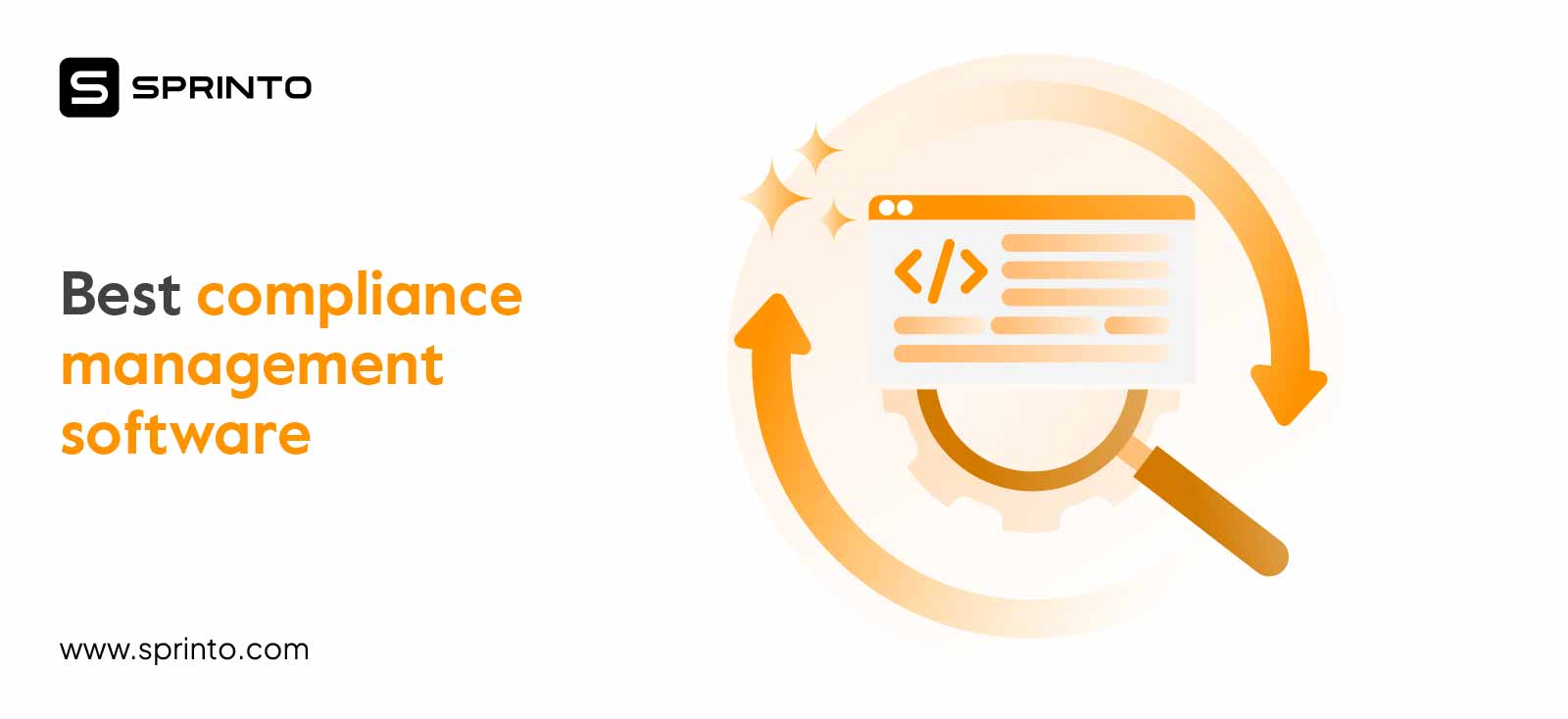Secureframe Alternatives: Compare Top Competitor Pricing, Pros, Cons, & Rating
Anwita
Jan 07, 2025
Picking for the perfect compliance automation tool is easier said than done—specially with alternative solutions tailor-built for different use cases. Even after hours of competitor analysis, scanning through features, mapping reviews, comparing scores, and more, you can drown in a sea of confusion.
To make your life easier, we did the hard work by compiling data from dozens of Secureframe competitors and hundreds of reviews to help you make an informed decision.
What is Secureframe?
Secureframe is a risk and compliance automation platform that helps businesses with end-to-end activities for SOC 2, ISO 27001, PCI DSS, HIPAA, GDPR, CCPA, and NIST.
It scans the IT ecosystem for vulnerabilities, assesses vendor risks, trains employees for security, and collects evidence to support seamless audits. Businesses can monitor their compliance status in real-time to gain actionable insights into the overall posture.
What is the price of Secureframe?
Secureframe’s pricing ranges from $15,000 to $88,000 . This price is not fixed and customizable based on factors like the complexity and specificity of your business.
Bradley speaking, the pricing module for security and compliance automation tools like Secureframe usually varies depending on certain factors such as:
- Number of employees
- Location of operation
- Number of frameworks selected
- Existing processes and tools
- Contract term duration
Why look for a Secureframe alternative?
With a solid G2 score of 4.7, Secureframe is one of the leaders in the security and compliance space. Nevertheless, the product has a few misses in terms of features and functionalities. As a GRC solution, Secureframe offers some but not full automation capabilities.
Users can expect to put in a considerable amount of manual effort compared to its core competitor products that do most of the heavy lifting.
A quick analysis of user G2 reviews surfaces these common concerns:
- Configuration of compliance for complex systems like Google Cloud, Jira, and GitHub requires some level of manual intervention
- Security checks cannot be customized and automatically assigns fail/pass value – users could overcome this by uploading manual proof
- Some users found minor bugs in the integration process that require manual intervention. False positives and false negatives often require manual test upload.
Best 5 Secureframe competitors and alternatives
Let’s walk through the key capabilities and fallbacks of products similar to Secureframe.
Here are the 5 best Secureframe alternatives and competitors to look for:
Sprinto
Sprinto is a highly automated compliance and security platform that facilitates monitoring, tracking, auditing, and risk appetite for cloud-hosted SaaS partners.
It maps common control requirements of popular or custom frameworks to consolidate risks and run fully automated checks. The solution empowers IT teams to scale their compliance and audit efforts without compromising engineering bandwidth.
The platform offers a 360 view dashboard, automates evidence collection, scores risks, conducts readiness assessments, trains employees, and more. All features, strengths, and capabilities considered, Sprinto is a better alternative to Secureframe. Estimate the budget you’ll need to get compliant and win sales deals using Sprinto’s cost calculator.
Pros
Compliance programs are designed keeping auditor friendliness in mind. Auditors can collect, edit, and view evidence using a customizable dashboard
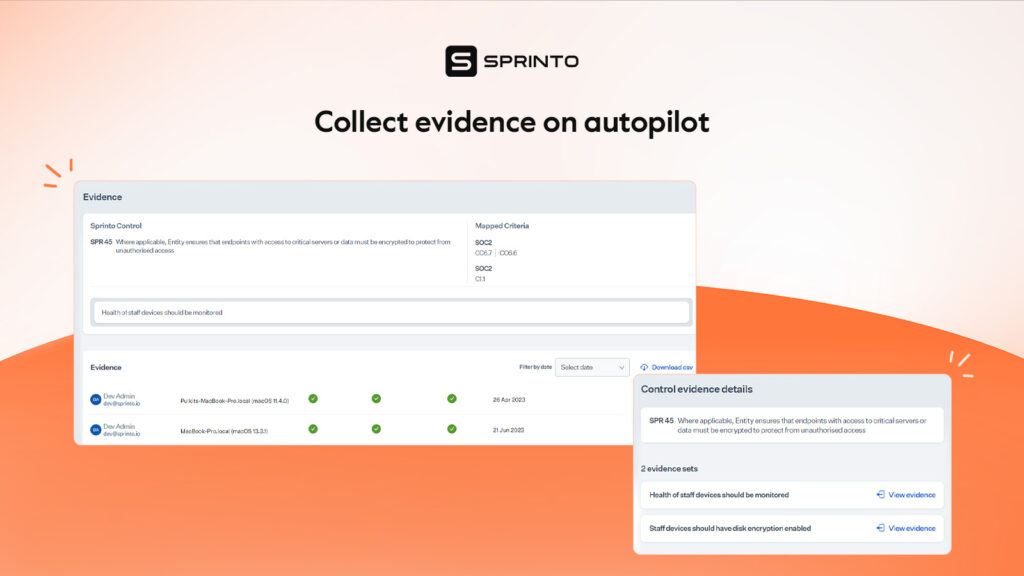
Liquidates costly incidents by supporting all entry-level preventive and defensive security controls
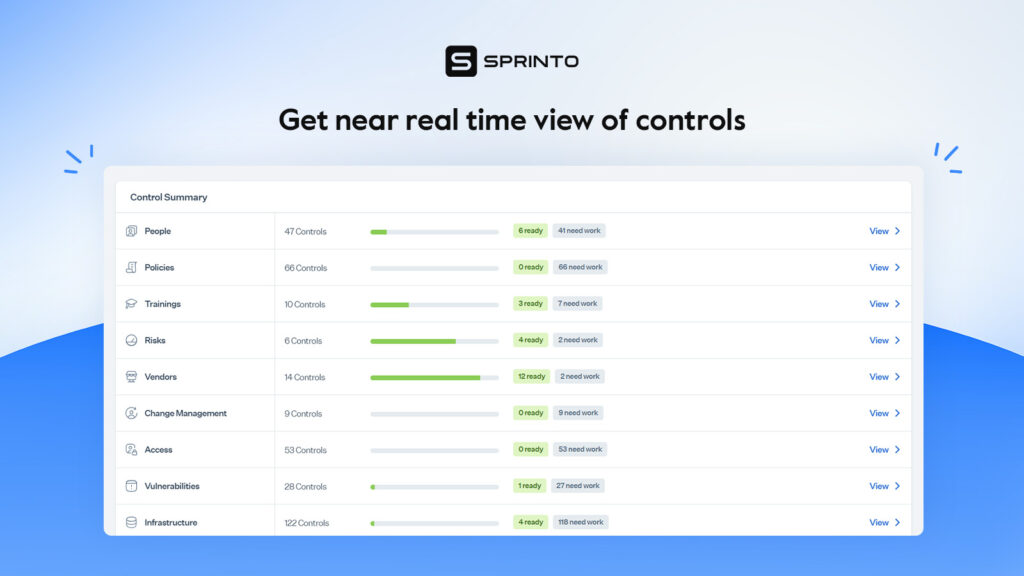
- Liquidates costly incidents by supporting all entry-level preventive and defensive security controls
- Facilitates users to set up role-based access controls to segregate tasks, minimize data usage, and avoid unintentional data tampering
- Notifies and flags non-compliant activities in real-time. Escalates issues to accountable person with deep insight into the type of risk, recommended actions, and level of risk
- Offers comprehensive visibility into the IT environment to assist teams in identifying and triage assets
- The module automates up to 99 percent manual work using responsive integrations to ensure better control aggregation and testing.
- BYOF (Bring Your Own Framework) allows users to add and run any security framework of their voice. The magic mapping feature automatically maps custom custom checks to the control
- Offers AI-assisted suggestions to mark checks as exceptions. Users can leverage the snooze option to assign a time limit to manage exception checks
- The vendor management system allows users to mark the type of data exposed to vendors while providing a risk level based on data exposure
- Deeper integration like the code repository integrations for GitHub checks if codes are peer-reviewed and branch-level changes
- Offers one tap, adaptive, smooth integration with 100+ cloud applications and services
Read more: How Sprinto helped Kodif step up towards enterprise-readiness with compliance
Cons
- The solution is designed keeping cloud hosted companies in mind, making the tool not highly accessible on on premise services
Sprinto Vs Secureframe
- The UI is simple and gets the job done, but over indexed for simplicity – the responsiveness takes a hit as more systems and frameworks are added. The modules lack thoughtful connections – users often struggle to get used to the UI. Compare this to Sprinto’s modules, like vendors, risks, and access management are designed based on the principles of functionality. These modules have standalone value but the architecture is highly connected to facilitate smart workflows.
- Secureframe does not offer the required level of granularity and context into failing tests. Resolution steps clack clarity – you know if a check is failing – not why. Sprinto’s ticketing system goes beyond raising issues by altering teams before a check fails and shows a detailed history of the check to enable quick diagnosis. It then suggests an appropriate course of action and generating audit-proof.
- Secureframe’s platform is automated, but only to an extent – processes like uploading evidence, aligning requirements to the selected standards, and managing edge cases. In contrast, Sprinto’s platform is thoughtfully automated and eliminates the need for manual intervention, even for tasks that cannot be automated. Its ability to add custom APIs facilitates a higher level of automation.
| Features | Secureframe | Sprinto |
| User-friendliness | 9/10 | 9.2/10 |
| Support | 9.3/10 | 9.4/10 |
| Compliance monitoring | 9.4/10 | 9.5/10 |
| Auditing | 8.7/10 | 9.2/10 |
| Data governance | 8.9/10 | 9.3/10 |
| Workflow management | 8.9/10 | 8.9/10 |
Drata
Drata helps companies streamline security and compliance efforts by automating monitoring and evidence collection. It supports regulatory frameworks like SOC 2, HIPAA, GDPR, ISO, etc.
Drata connects with existing tech to allow IT teams to build a compliance program using their proprietary control library and continuously monitor controls.
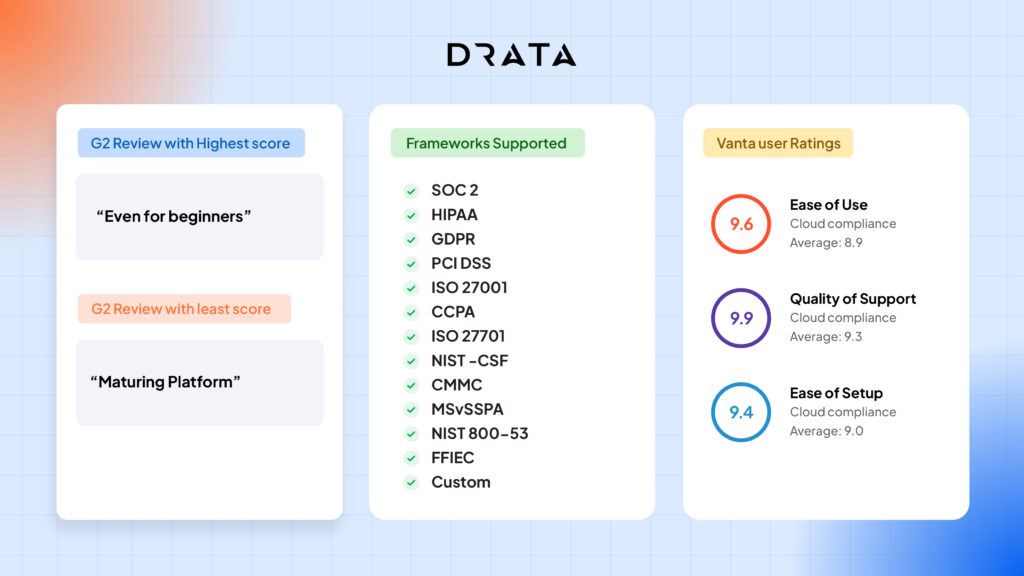
Secureframe vs Drata
Users generally prefer Drata over Secureframe across multiple use cases. Reviewers noted that Drata meets their business needs better, offers better post-sales support, and releases feature updates. You can check a detailed comparison to know more about how each fares across auditing, evidence collection, control monitoring, risk assessment, and more.
| Secureframe | Drata | |
| User-friendliness | 9/10 | 9.4/10 |
| Support | 9.3/10 | 9.8/10 |
| Compliance monitoring | 9.4/10 | 9.5/10 |
| Data governance | 8.9/10 | 8.8/10 |
| Workflow management | 8.7/10 | 8.5/10 |
Pros
- Offers a comprehensive overview of compliance status of the current posture and pending requirements
- IT teams can easily create, edit, and track access privileges. Ensures data lineage and data encryption
- The level of customer support and technical assistance adequately meets user expectations
- The highly automated platform streamlines compliance certification process and reduces extensive paperwork
- Users can create and streamline workflows related to ticketing and services. IT teams can set security and data governance-related policies.
Cons
- Some users reported that features like policy management are clunky and not seamless
- Does not allow users to edit evidence once uploaded, creating duplicate evidence in the system
- Lack of transparency on the pricing model during the sales stage can create post purchase surprises. For example, users changred for add-on features face budgeting issues.
- Lack of transparency during pre-sales stage for add-on features can result in budgeting issues
- The system does not offer tiered escalation for critical and failing checks
Vanta
Vanta helps SaaS businesses scale and manage compliance programs like SOC 2, ISO 27001, and HIPAA. It automates compliance-related activities, surfaces risks across the ecosystem, collects evidence to reach audit readiness, continuously monitors the security posture, and helps to manage vulnerabilities.
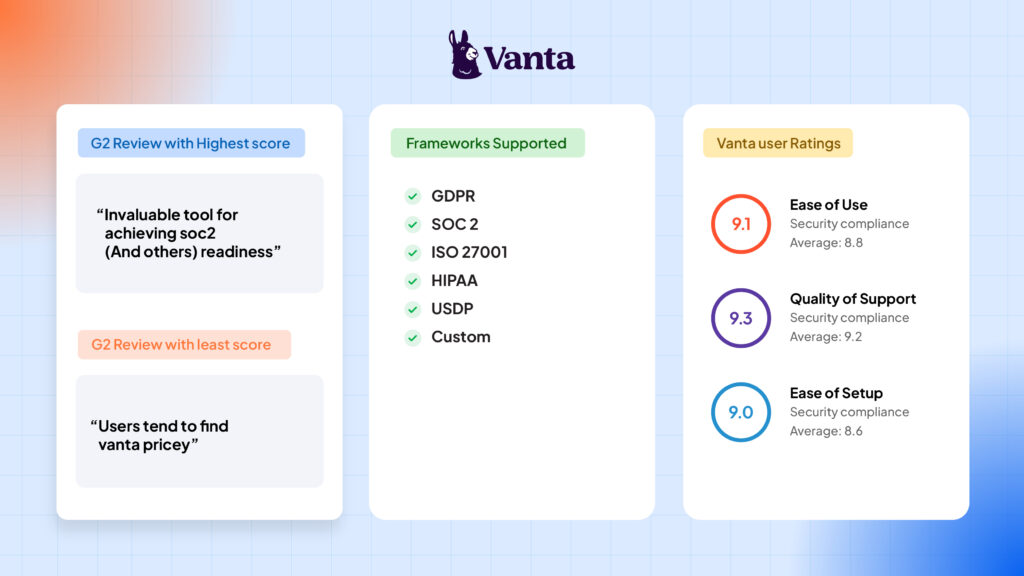
Check out: List of Vanta Alternatives
Vanta vs Secureframe
Overall, users found both the solutions equally easy to set up, use, and manage. However, customers are more likely to prefer Secureframe when it comes to post-sales support and meeting the overall business requirements.
| Secureframe | Vanta | |
| User-friendliness | 9/10 | 9/10 |
| Support | 9.3/10 | 9.2/10 |
| Compliance monitoring | 9.4/10 | 9.5/10 |
| Data governance | 8.9/10 | 8.7/10 |
| Workflow management | 8.7/10 | 8.4/10 |
Pros
- Detects, remediates, and evaluates risks in real-time to show passing and failing checks
- Pre-built and custom templates help to easily track policies and ensure continuous compliance
- Simplifies and streamlines audit preparation process through automated compliance monitoring of security controls
- The centralized dashboard helps to manage security guidelines, policies, procedures, and track failing or non-compliance issues
Cons
- Some users felt that the onboarding and implementation process could be smoother and more efficient for first-time users
- The pricing module is not small organization or startup-friendly. Add on features are a potential drawback as they stretch user’s budget
- Despite offering a comprehensive set of capabilities, users noted that some features have limited customization options
- The platform lacks modularity, adding to the complexity of transferring SOC 2 tasks
Check out: Guide to compliance framework
Hyperproof
Hyperproof is a security compliance management tool that helps IT teams manage their organizational risks.
The solution integrates with common cloud services to manage risks, automate workflows, collect evidence, and prepare for audits. It enables users to map controls across frameworks like SOC 2, ISO, and NIST and collaborate with stakeholders from a centralized dashboard.
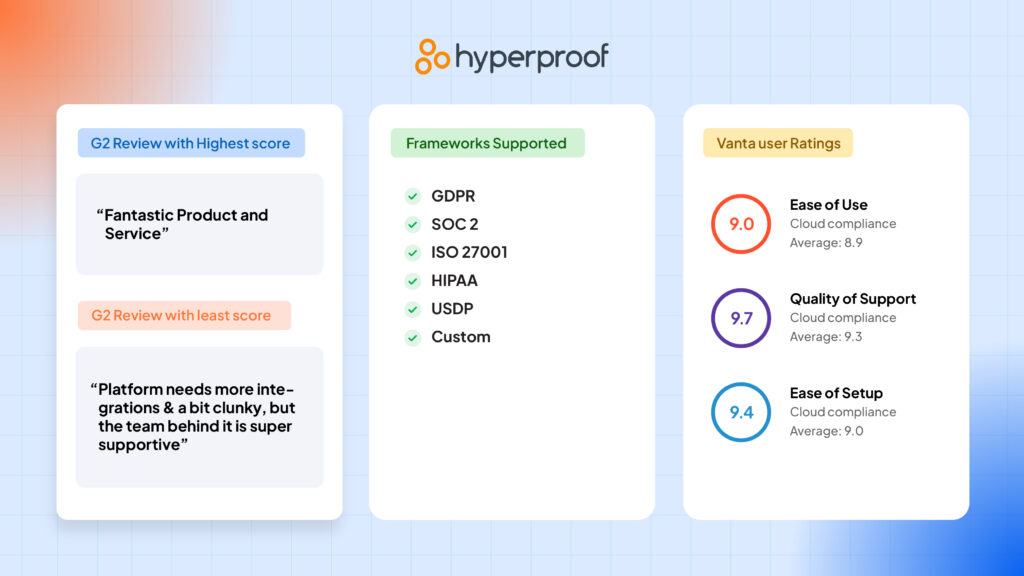
Hyperproof vs Secureframe
Secureframe offers better compliance monitoring capabilities, workflow management, and is more user-friendly. However, Hyperproof’s support is better.
| Secureframe | Hyperproof | |
| User-friendliness | 9/10 | 8.9/10 |
| Support | 9.3/10 | 9.6/10 |
| Compliance monitoring | 9.4/10 | 9.2/10 |
| Data governance | 8.9/10 | 8.2/10 |
| Workflow management | 8.7/10 | 8.6/10 |
Pros
- The all in one bundles solution offers training and learning resources to help new and existing employees
- Intuitive UI allows users to set up a compliance program without help from the technical support team
- Identifies and triages risks across the system based on human, technical, and external sources or based on the requirements of selected framework
Cons
- While most users found the UI to be intuitive, some reported minor bugs that limited the platform’s capability to operate seamlessly
- The overall solution lacks the desired level of granularity and comprehensiveness to facilitate a wide range of custom functions
- Some auditing functions are limited – auditors reported no function that enables them to upload, download, or edit request status from the dashboard
- The reporting system lacks the desired level of automation and requires manual intervention
Thoropass
Thoropass (formerly known as Laika) integrates with existing systems to help IT teams continuously monitor their environment, easily pass audits, and demonstrate compliance with several infosec and privacy frameworks. Users gain a seamless auditing process, automate compliance-related activities, and complete due diligence processes using a single dashboard.
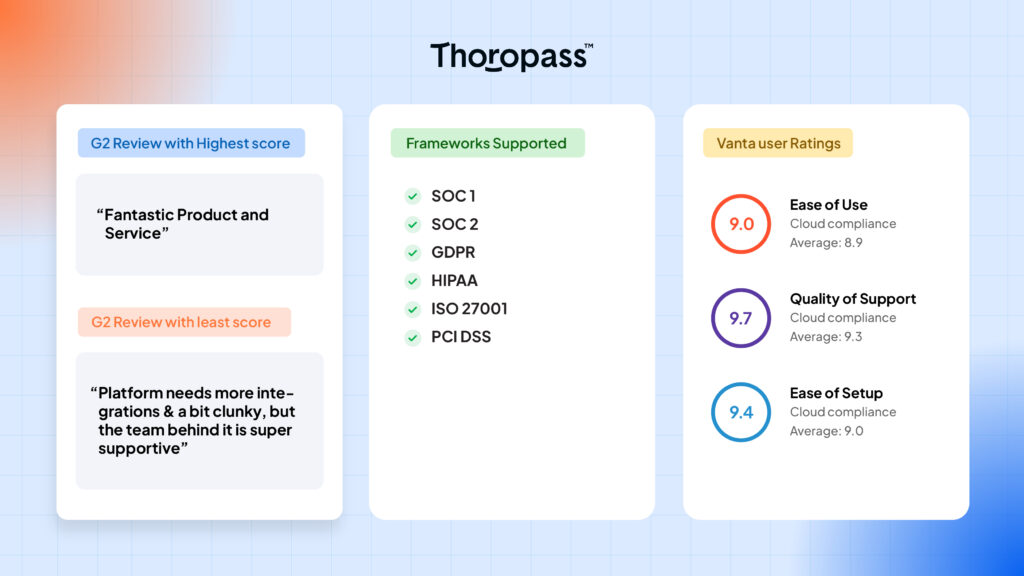
Thoropass vs Secureframe
Users preferred Secureframe over Thoropass for cases like user friendliness, feature updates, and business direction. However, Thoropass wins by small margin for meeting custom business requirements and quality of post-sales support.
| Secureframe | Thoropass | |
| User-friendliness | 9/10 | 8.9/10 |
| Support | 9.3/10 | 9.6/10 |
| Compliance monitoring | 9.4/10 | 9.2/10 |
| Data governance | 8.9/10 | 9.3/10 |
| Workflow management | 8.7/10 | 8.8/10 |
Pros
- Easily create custom policies related to data governance, set up role-based access, and manage access privileges
- Monitors the IT environment and generates reports based on violation or malicious behavior
- Streamlines audit process, trains employees, helps to respond to due diligence questionnaires, and tracks compliance-related activities
- Helps to manage SOC 2 compliance-related tasks
Cons
- Limited options for integrations. Users reported the integration system to be clucky and buggy
- Users from small organizations reported that the pre-built templates are custom made for large organizations and can be an overkill for their size
- The learning curve is high and frequently requires assistance from the support team
We add the sass in SaaS
We hope this helped you move closer to making a decision. If you are still in two minds, we understand your skepticism. We don’t claim that our solution is the best one for your business, but it wouldn’t hurt to talk to our compliance experts and know how we helped companies like yours and how we can help you scale. For example, many users switched to us from Secureframe due to the limited number of framework and automation capabilities.
Looking for the best Securframe alternate? Talk to our compliance experts to get started. Schedule a demo now.
FAQs
Which Secureframe alternative has the best integration capabilities?
Sprinto is one of the best Secureframe alternatives that offers seamless, native integrations to help you collect evidence accurately, quickly, and comprehensively for cloud based and on premise applications.
What is the pricing of Secureframe ?
Secureframe pricing varies based on company size. For 200 employees, costs range from $15,200 to $29,800 annually. For around 1,000 employees, expect to pay $24,300 to $48,900 per year. Source: Vendr
| Company Size | Secureframe’s Pricing |
| 200+ Employees | $15,200 to $29,000 |
| upto 1000 Employees | $24,000 to $48,000 |
| 1000+ Employees | $43,800 to $88,000 |
What are the common drawbacks customers face with Secureframe?
Despite being highly favored for their customer support, simplicity, and effectiveness, the tool somewhat does not square up against its competitors like Drata and Sprinto when it comes to automation. As the tool is not fully automated, it leaves a lot to be desired.


Use Sprinto to centralize security compliance management – so nothing
gets in the way of your moving up and winning big.








